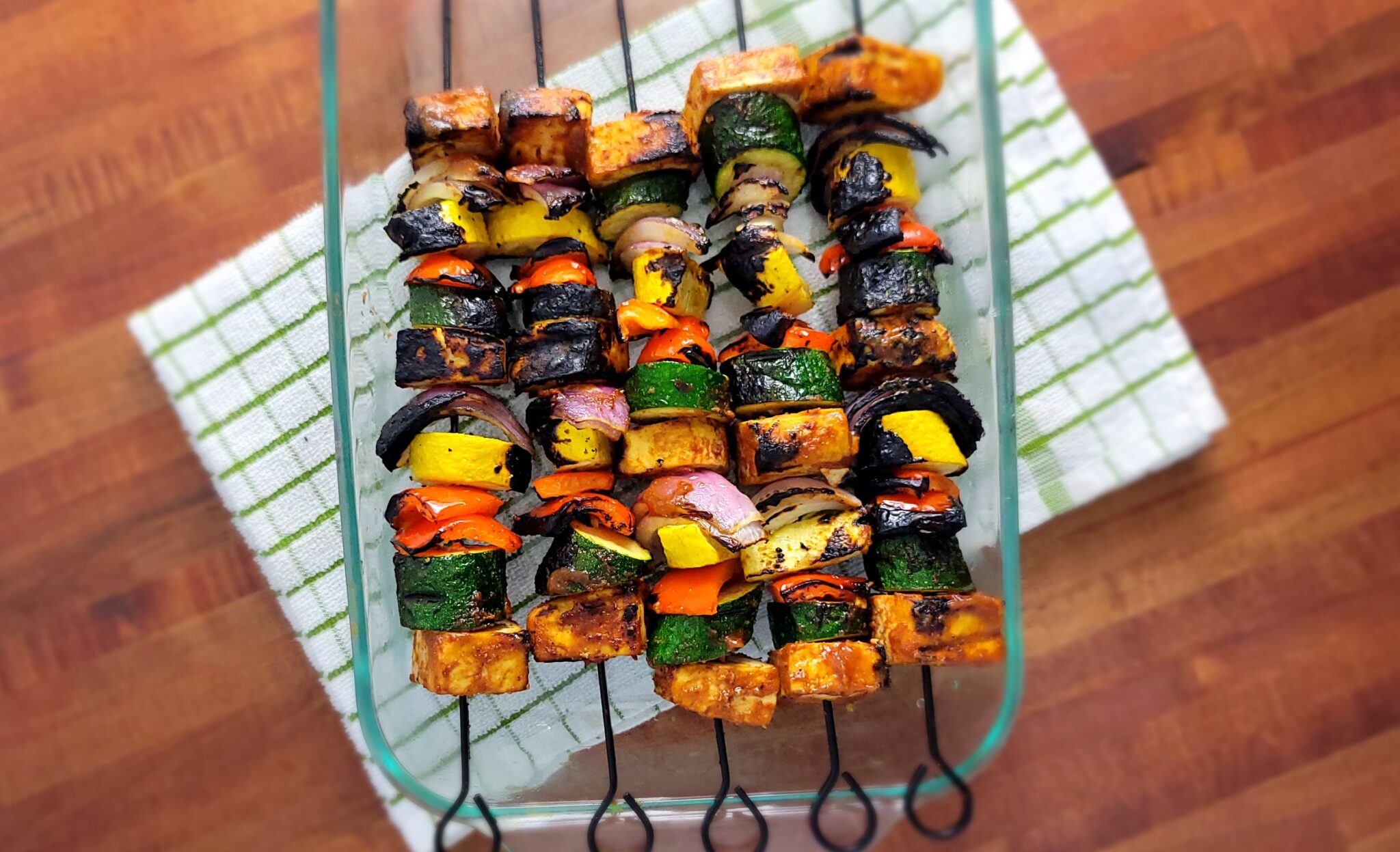Foods To Avoid When Limiting Potassium
Trying to eat a satisfying and healthy diet with kidney disease can feel overwhelming. To help you keep your potassium labs within the normal range, we’ve created a comprehensive list of foods high in potassium. Some people will need to lower their potassium level by avoiding and limiting high potassium foods while some people (especially those on frequent, nocturnal and peritoneal dialysis modalities) will need to increase potassium in their diet to prevent low blood potassium levels.
In this article, we will define foods high in potassium as foods that contain >200 mg of potassium in a half cup serving (unless otherwise noted). The lists have been verified from the USDA FoodData Central data system.[1]
Plant-Based Foods High in Potassium
While a diet high in fruits, vegetables, legumes and whole grains is associated with better outcomes for people with kidney disease, these foods can also be a significant source of potassium in the diet.[2] Below you will find some of the highest potassium choices in each of these categories.
Fruits
The portion size is ½ cup unless otherwise stated.
- Apricot, raw (2 medium)
- Apricot, dried (5 halves)
- Avocado (¼ whole)
- Banana (½ whole)
- Cantaloupe
- Dates (5 whole)
- Dried fruits
- Figs, dried
- Guava
- Honeydew
- Kiwi (1 medium)
- Jackfruit
- Mango (1 medium)
- Nectarine (1 medium)
- Orange (1 medium)
- Papaya (½ whole)
- Pear, raw (1 medium or larger)
- Peach, raw
- Pomegranate (1 whole)
- Prunes
- Raisins
- Soursop
Vegetables
The portion size is ½ cup unless otherwise stated.
- Acorn squash
- Adzuki beans
- Artichoke, cooked
- Bamboo shoots, raw
- Beets
- Beet greens, cooked
- Bok choy, cooked
- Breadfruit, cooked
- Broccoli raab
- Butternut squash
- Cassava (yucca), cooked
- Kohlrabi, cooked
- Parsnips
- Plantains
- Potatoes* and potato products
- Pumpkin
- Spinach, cooked
- Sweet potatoes*
- Tomatoes
- Tomato products, canned and jarred
- Swiss chard, cooked
- Taro root (dasheen or yautia)
- Tomato (1 large whole)
- Yam*
Tip: Consider double boiling tuberous root vegetables like potatoes and yams
Did you know you can leach out or reduce the potassium in foods like potatoes, sweet potatoes, and yams by about 50% by double boiling? [3]
Nuts, Seeds, and Legumes
Note that legumes, nuts and seeds can be kidney-friendly sources of protein due to their lower nitrogen content, lower acid-producing capacity and lower phosphorus bioavailability. They can continue to be incorporated into most diets in place of animal proteins that also contain high amounts of potassium. Most nuts can be easily incorporated into a low-potassium diet when eaten in 1 oz servings or less.
The portion size is ½ cup unless otherwise stated.
- Baked beans
- Black beans
- Kidney beans
- Lentils
- Navy beans
- Nut butters, peanut/almond/mixed (2 tbsp)
- Pinto beans
- Red beans
- Pistachio nuts (1 oz)
- Soybeans and edamame
- White beans
Tip: When it comes to beans/legumes: canned is best.
Generally, canned beans will contain significantly less potassium than prepared fresh or dry beans. Just remember to drain and rinse and choose “no added salt” canned products when possible.
Grain and Grain Products
- Bran/Bran products
- Most Granola
- Packaged breakfast cereals with >200 mg potassium per serving
Animal-Based Foods High in Potassium
Many people only try to control potassium by adjusting their fruit and vegetable intake, but If you incorporate animal-based products it’s important to remember that they also provide a significant amount of potassium.
Animal Meats
In general, all 3 ounce or greater portions of animal meat provide more than 200 mg potassium. This doesn’t mean that these foods can’t or shouldn’t be incorporated into a low-potassium diet. In fact, many people on dialysis might need to eat more animal meats to meet their protein recommendations. On the other hand, if you have CKD Stages 3-5 non-dialysis, this can be another motivation to reduce your animal meat intake or decrease your portion sizes to no more than 3 ounces per serving (or about the size of a deck of cards).
Tip: Avoid Enhanced Meats.
Meat and poultry products can be injected with solutions containing potassium to improve shelf-life, tenderness, and quality factors. Try to avoid meat, fish, and poultry products labeled “basted,” “enhanced”, “injected,” “improved,” and “marinated.” [4]
Dairy Products
The portion size is 8 oz unless otherwise stated.
- Buttermilk
- Icecream (1 scoop)
- Kefir
- Milk
- Yogurt, Greek (5-6 oz container)
- Yogurt, plain (5-6 oz container)
- Products made with the above ingredients
Drinks High in Potassium
- The portion size is 8 fluid ounces.
- Coconut water
- Coffee (quantities greater than 16 oz or 2 cups)
- Cows milk
- Juices: Prune Juice, Grapefruit Juice, Pomegranate Juice, Orange Juice, Tomato juice, Vegetable juice, Carrot juice*
- Shakes (milkshake, meal replacement, nutrition and protein)
- Smoothies
- Soy milk
- Sports drinks and electrolyte beverages
We recommend eating whole fruits and vegetables most of the time versus drinking juices and nectars.
Miscellaneous Items High in Potassium
- Chocolate (1.5-2 ounces) and some products made with chocolate
- Molasses (1 Tablespoon)
- Salt Substitute products including Lite Salt and Nu-Salt
- Low sodium products with “potassium chloride” in the ingredient list*
- Snuff/Chewing Tobacco
Tip: Check your “reduced-sodium” and “low-sodium” packaged foods.
Many salt substitutes and foods labeled “reduced-sodium” and “low-sodium” are actually made with potassium chloride. Look within the ingredients list for the word “potassium” and make sure the milligrams of potassium listed on the Nutrition Facts Panel fits within your daily recommendation.
Summary
Hopefully you’ve found this list helpful for achieving the right amount of potassium in your diet. If you would like more information, check out our Low Potassium Diet guide and Foods Low in Potassium article. And as always, consider working with a Renal Dietitian to optimally implement your kidney-friendly diet!
References
- U.S. Department of Agriculture, Agricultural Research Service. FoodData Central, 2019. https://fdc.nal.usda.gov/index.html
- Kelly, J. T., Palmer, S. C., Wai, S. N., Ruospo, M., Carrero, J. J., Campbell, K. L., & Strippoli, G. F. (2017). Healthy Dietary Patterns and Risk of Mortality and ESRD in CKD: A Meta-Analysis of Cohort Studies. Clinical journal of the American Society of Nephrology : CJASN, 12(2), 272–279. https://doi.org/10.2215/CJN.06190616
- Burrowes, J. D., & Ramer, N. J. (2006). Removal of potassium from tuberous root vegetables by leaching. Journal of renal nutrition : the official journal of the Council on Renal Nutrition of the National Kidney Foundation, 16(4), 304–311. https://doi.org/10.1053/j.jrn.2006.07.012
- Sherman, R. A., & Mehta, O. (2009). Phosphorus and potassium content of enhanced meat and poultry products: implications for patients who receive dialysis. Clinical journal of the American Society of Nephrology : CJASN, 4(8), 1370–1373. https://doi.org/10.2215/CJN.02830409

